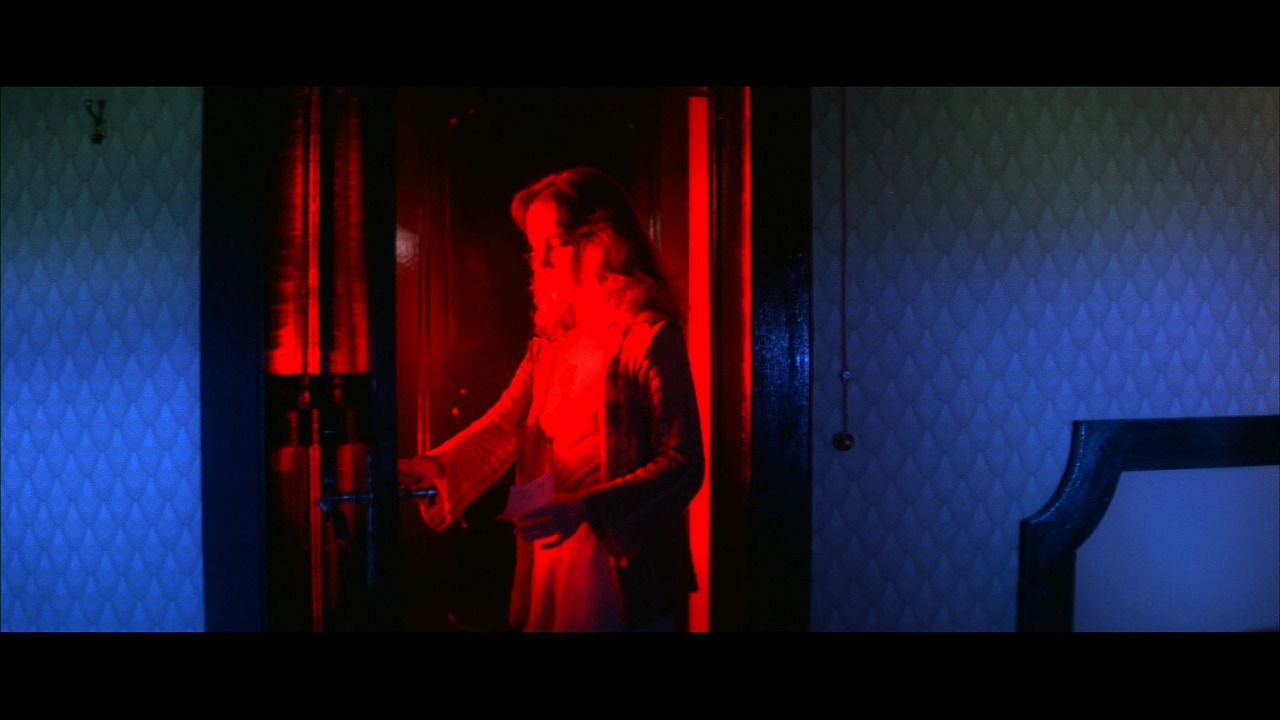Given that seemingly every day brings with it a new and horrifying perspective on America’s descent into Trumpian doublethink, it can be hard to keep track. It’s not just the outrage cycle, either – we really are living through uniquely dismal times; if the moral affronts aren’t necessarily new, the attitudes towards them, ranging from casual disregard to gleeful celebration, sure seem to be.
film noir
What is Suspiria about? It’s about an American woman who goes to an extremely Italian Germany to attend a prestigious dance academy, and who slowly discovers that it is actually being run by a coven of demonic witches. (She would have figured it out a lot earlier if she could have listened to the soundtrack, in which a semi-diagetic voice occasionally whispers “witch!”)
The tagline for The Big Heat —“A hard cop and a safe dame!”—is, to quote Otto, “flagrant false advertising.”
Combined with the poster, it promises a classic noir clash between a sultry dame and a hard-boiled detective. In reality, the two of them (Glenn Ford and Gloria Grahame) barely share three scenes with one another.
A stranger comes to town with a mysterious past. He’s looking for someone, a Japanese farmer named Komoko, but no one will tell him anything; it’s clear the name brings up dark memories. Some details about him come out: he’s a veteran of World War II, which had recently ended; he’s there to deliver a medal to the father of someone who died saving his life; and he can do karate.
Here’s an imaginative exercise. To get a sense of what it must’ve been like to be one of the very, very few women directors in 1950s Hollywood, we can simply read The New York Times‘ obituary for Ida Lupino, published upon her death 40 years later, in 1995.





